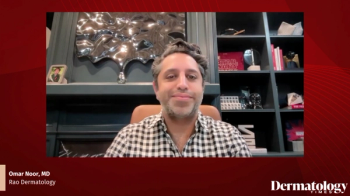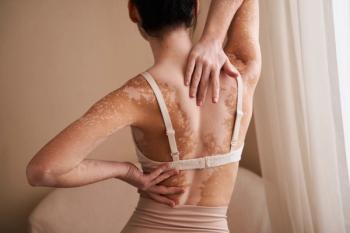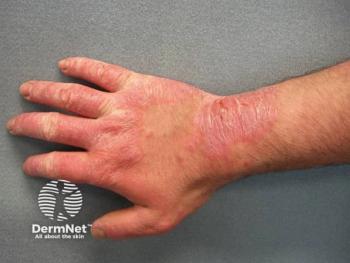
Sleep Disruption and Expanded Itch Therapies in Pediatric AD
Shanna Miranti, MPAS, PA-C, discusses the impact of sleep loss in pediatric atopic dermatitis and the potential of emerging therapies in young patients, such as ruxolitinib cream, to improve outcomes.
Episodes in this series

Shanna Miranti, MPAS, PA-C, a board-certified physician assistant at Riverchase Dermatology and a Dermatology Times editorial advisory board member, highlighted the significant burden pediatric atopic dermatitis (AD) places on both children and their families, with sleep disturbance standing out as one of the most debilitating consequences. She emphasized that when a child with AD is unable to sleep due to relentless itch, the entire household is affected, resulting in chronic exhaustion, impaired functioning, and diminished quality of life. In her view, restoring sleep is not simply about comfort; it is foundational to proper growth, neurodevelopment, and emotional recovery in pediatric patients.
Miranti also addressed the anticipation among dermatology clinicians for newer topical therapies with expanded pediatric indications. She specifically pointed to ruxolitinib cream (Opzelura; Incyte), which is expected to gain FDA approval in September 2025 for use in children down to 2 years. She believes this topical JAK inhibitor has the potential to be a "game changer" for young patients who need fast, effective itch relief. The ability to deploy targeted therapies with proven efficacy in reducing inflammation and itch will allow clinicians to intervene earlier and more effectively, improving not only disease control but also overall well-being for pediatric patients and their families.
Her insights underscore a dual priority in pediatric AD care: symptom control and restoring the critical physiologic function of sleep. With promising topical agents such as ruxolitinib on the horizon for younger children, dermatology clinicians may soon have more effective tools to address both.
Newsletter
Like what you’re reading? Subscribe to Dermatology Times for weekly updates on therapies, innovations, and real-world practice tips.






















